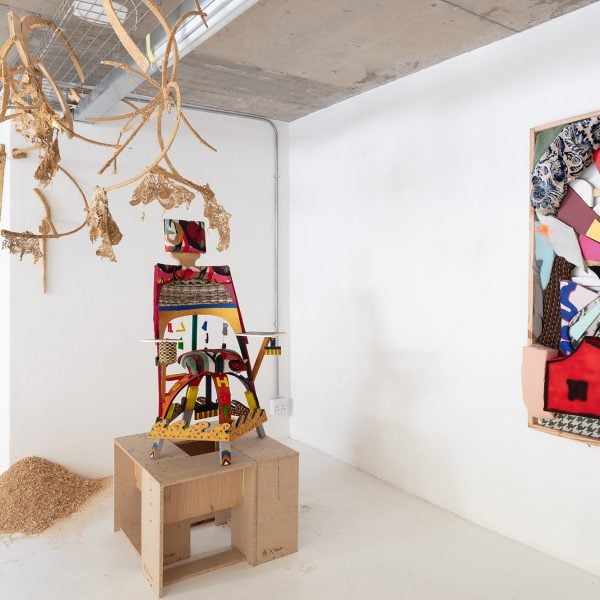[ad_1]
South African furniture brand Wunders has worked with designer Heath Nash to open its waste stores permanently to local Cape Town makers following a workshop and exhibition that showed the potential of reclaimed materials.
MakeSpace is a newly opened studio located in the Wunders factory, where members of the public can come to access and build with furniture production waste like foam, wadding, fabric, leather and wood.
The space is the result of what has so far been a year-long collaboration with Nash, who is known for working with upcycled materials and has been serving as the company’s sustainability consultant.
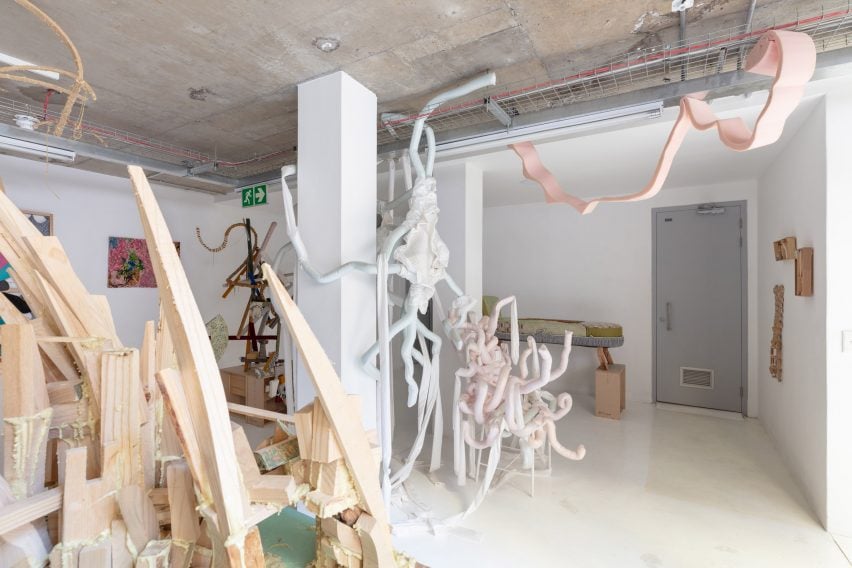
Wunders managing director Bianco Shapiro, an outsider to design when she took over the family business in 2021, invited Nash into the brand’s factory after feeling shocked by the volume of waste produced.
“When I walked around the factory, the amount of waste I saw caused me anxiety,” Shapiro told Dezeen. “So then I met Heath and I saw what he did and his whole story.”
“He’s been at the forefront of this for 20 years. I think he’s ahead of the curve, and only now are people actually caring about waste and seeing it as a valuable commodity.”
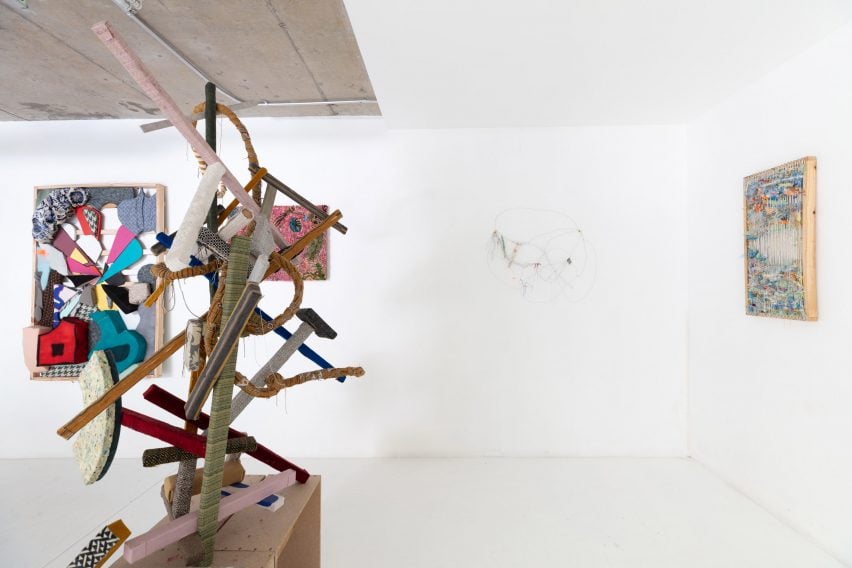
The biggest project in the collaboration between Nash and Wunders so far was a workshop where 15 artists and factory staff were given free rein to produce whatever they wanted from the company’s waste.
The workshop was held over 10 days at artist Igshaan Adams’s Breakroom project space, with Adams himself also taking part as a mentor and contributor.
The resulting works were recently displayed in the Waste exhibition at Design Week South Africa, where a commanding yet unsettling chair woven by fashion designer Nicola West-Morland from fleshy tentacle-like foam elements greeted visitors at the entrance.
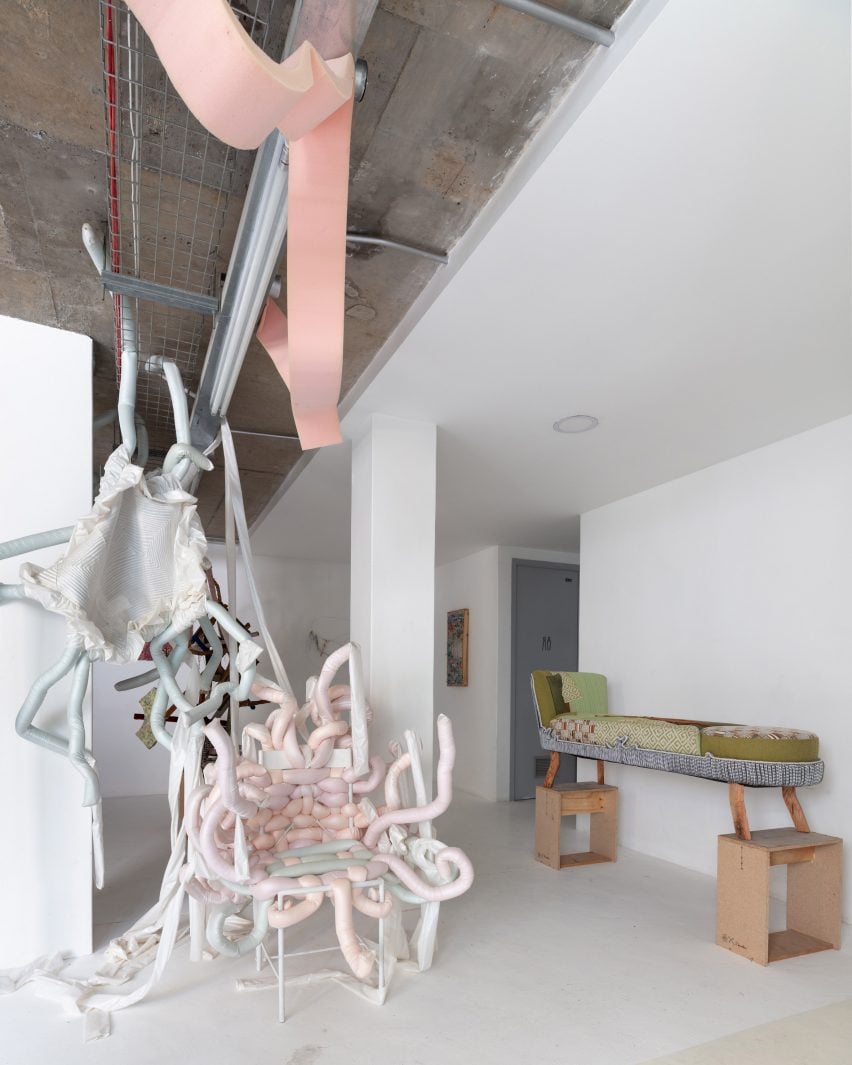
Artist Loyiso Botha made a fabric and wood hut combining elements of his builds for Burning Man offshoot AfrikaBurn with initiation rituals from his Xhosa culture, while recent graduate Thato Makatu made a detailed miniature of her childhood home, lost to fire, which could only be viewed by standing on a step stool in the corner.
Wunders upholsterer John Davids made a colourful chair, layering on materials constantly throughout the ten days, and Jovan Damon from the cushion-filling department turned scrap fabrics into a mobile and pendant.
Shapiro said it was important to her and Nash to include the company’s staff so they could both enjoy a new experience and gain insight into the value of good waste handling.
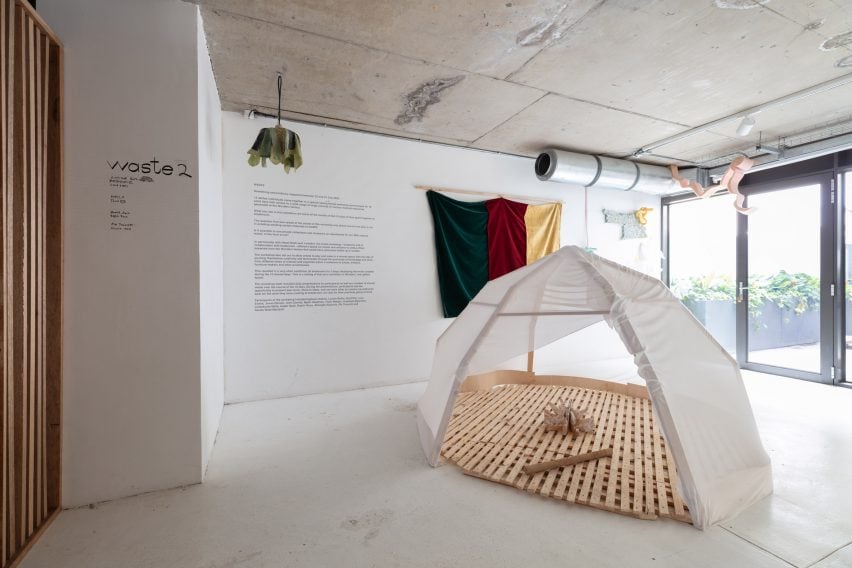
“In order for them to buy into the MakeSpace, they need to understand that that waste is actually valuable,” said Shapiro. “In the past for them, a piece of foam that’s not been used in a sofa just gets dumped.”
“Having the two of them be part of this experience, they were almost champions to come back and for the staff to see what you can create out of this material.”
Shapiro says that previously, the waste was not entirely unutilised – staff did take some of it from skip bins and either used it at home or sold it on – but she thinks a lot of it lost value through contamination by other rubbish.
“The dacron, the foam, your banana, your hamburger, your chicken legs, all get thrown in one bin,” she said.
For Nash, the workshop was a chance to explore how art can play a role in keeping certain materials from landfills and experimenting with materials that he genuinely loves.
“I was keen to play with other creatives with all this beautiful stuff that I could see at the Wunders factory,” said Nash. “I’d been ogling it. There’s so much amazing stuff and it just keeps pumping through.”
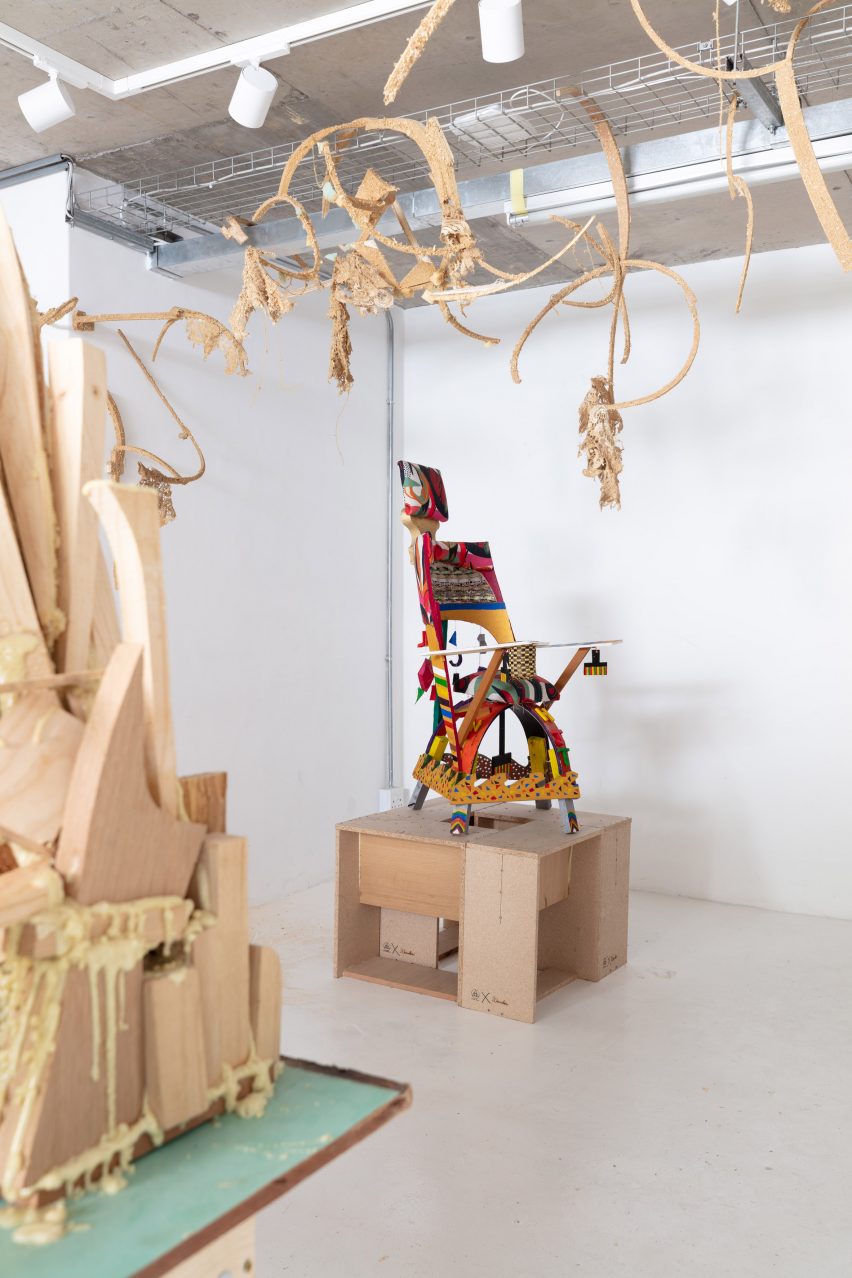
Wunders’ MakeSpace is open at its factory now and will have a bigger space when the company moves to a new factory in 2025. Inside, all the current waste streams are sorted and stored by type, and there are also tools and equipment for makers to use.
Nash will interface between the factory and designers and artists who want to use the space. The plan is for West-Morland, who made the Waste exhibition’s pastel foam chair, to be MakeSpace’s first resident.
Shapiro’s hope for MakeSpace is that it will ultimately be profitable for the company, whether by selling one-off pieces, creating new products or opening up the space for hire.
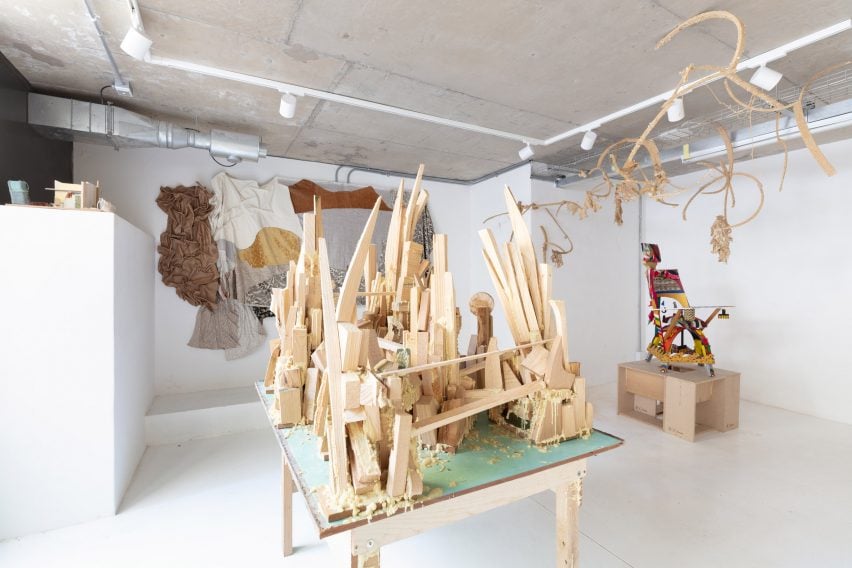
She also thinks the process of cataloguing and learning about the waste generated has helped Wunders identify areas where the manufacturing process can be improved to produce fewer offcuts.
“We will never not have waste but we can design more consciously to not create an oversupply,” said Shapiro. “I do believe the space can be profitable and it will also pay for itself because the processes and the systems will improve.”
Nash’s previous work has included a series of lights and other products made from salvaged plastic.
The photography by Mia Thom.
[ad_2]
Source link

